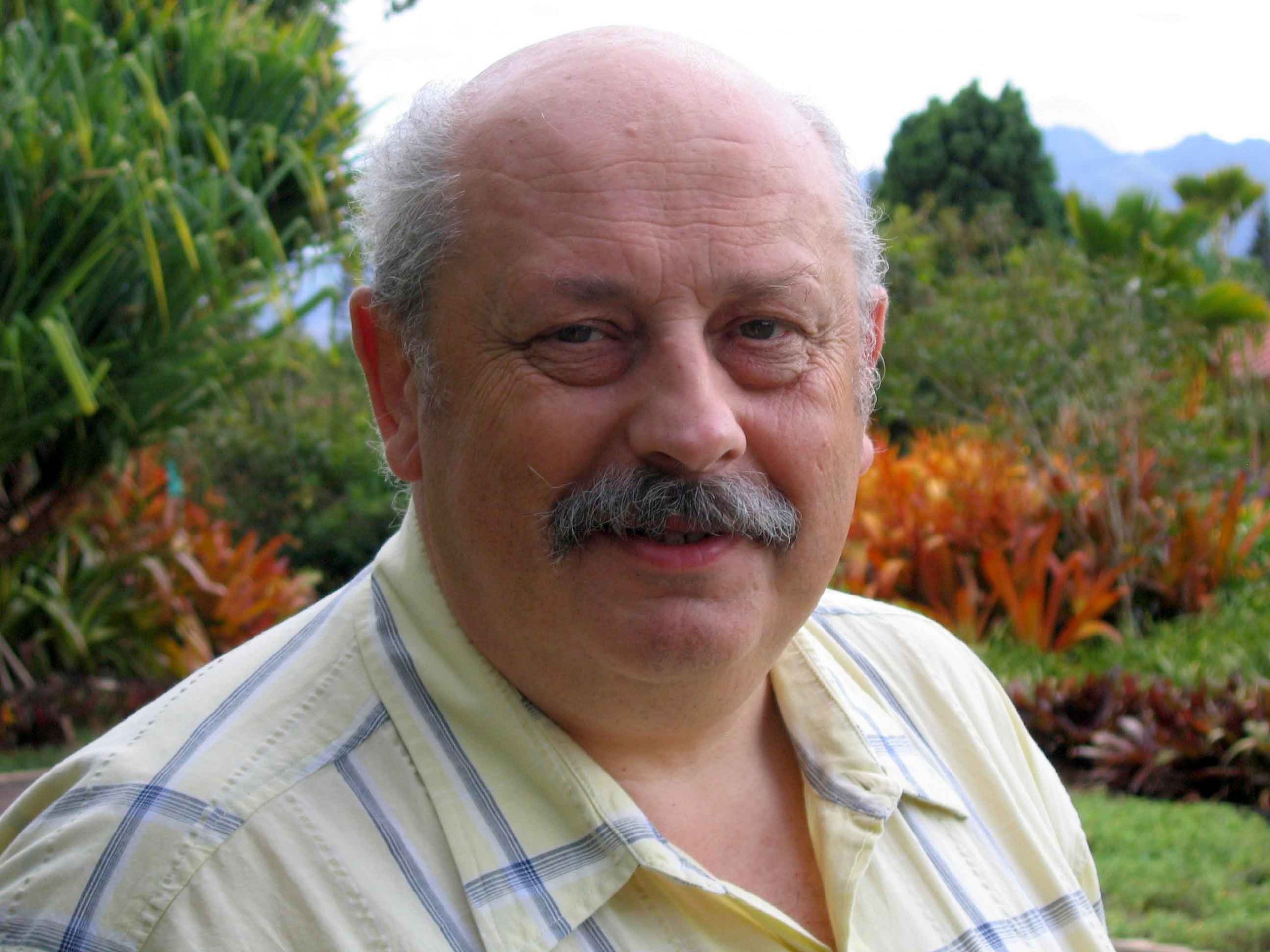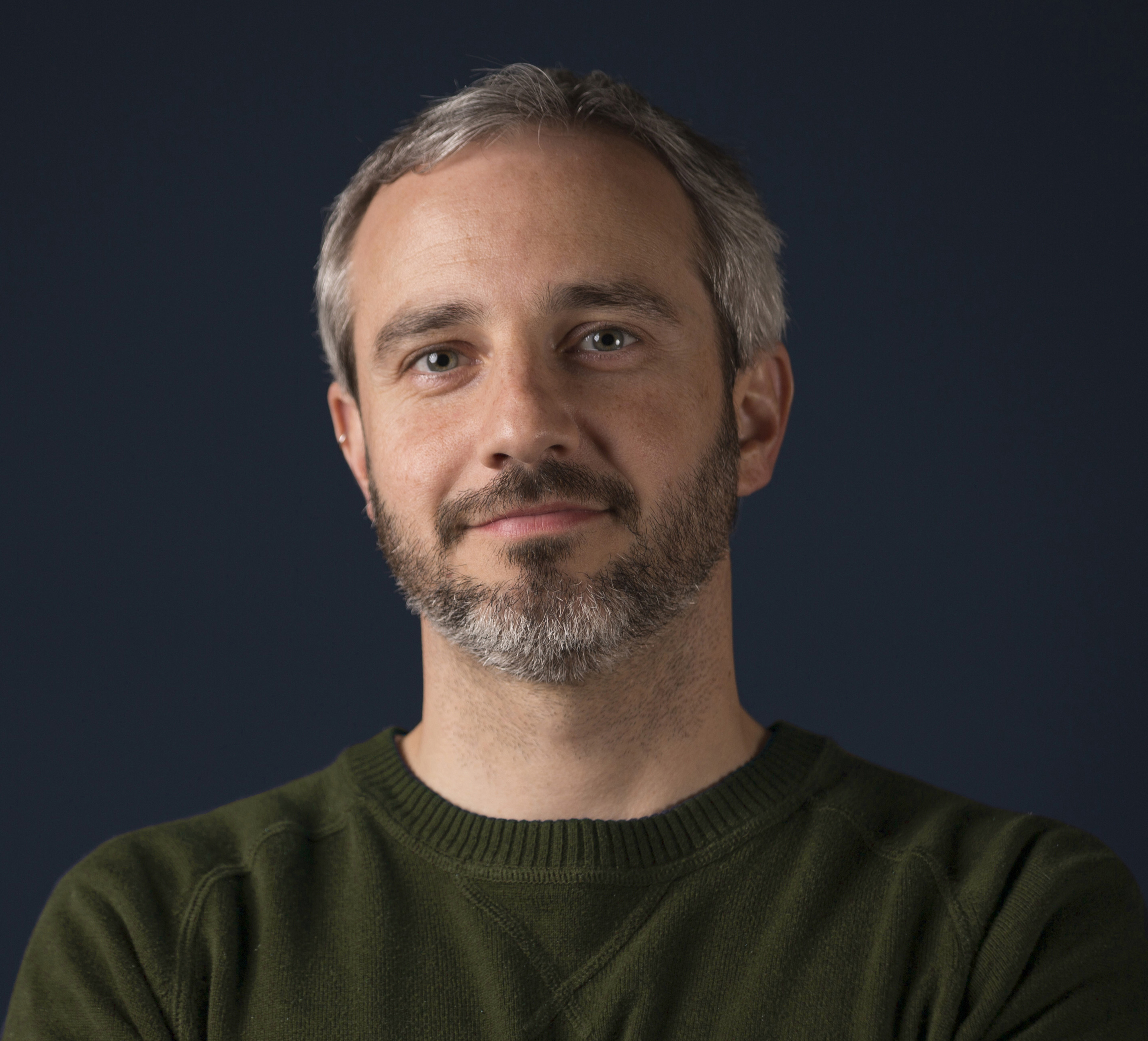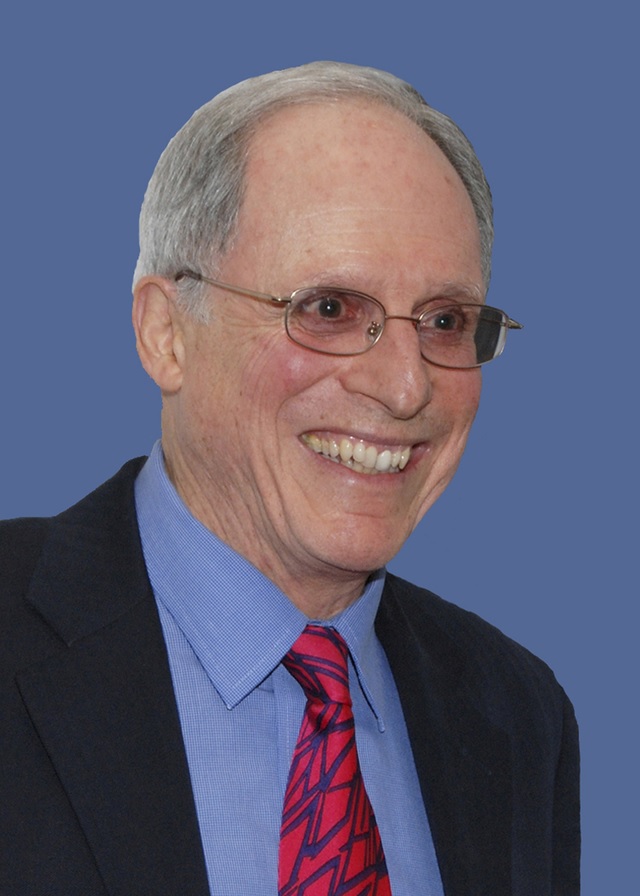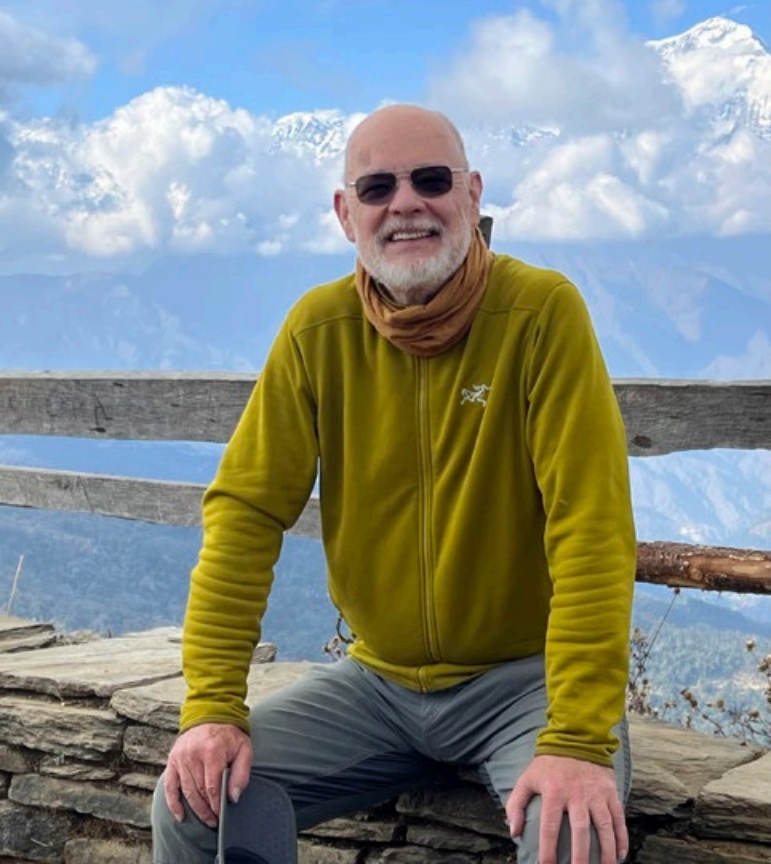Structural Biology
„AMU Invited Lecture Series in Structural Biology” gathers six renowned scientists from different fields of widely understood structural biology. The lectures may be regarded as the introduction to the advanced methods in the structural biology, including big data analysis, methodological issues, X-ray structures validation, cryo-electron microscopy, and implementation of all these methods and issues towards solving the real-life biomedical problems. At the same time, this series can be also the first step in the beautiful scientific adventure.
Short characteristics of the lecturers:
 Xinhua Ji
Xinhua Ji
Dr. Ji earned his Ph.D. degree at the University of Oklahoma (1985-1990) and performed his postdoctoral research at the University of Maryland (1991-1994), where he became a Research Assistant Professor (1994-1995) before joining the National Cancer Institute (NCI), National Institutes of Health (NIH). At the NCI-Frederick, Dr. Ji established his laboratory in the ABL-Basic Research Program in 1995, moved to the Center for Cancer Research in 1999, and gained tenure as an NIH Senior Investigator in 2001. He has been a member of the American Crystallographic Association since 1986. Dr. Ji created the Newsletter of NIH X-ray Diffraction Special Interest Group in 2001, and he has since served as the Editor. He has also been serving on the Steering Committee of the NCI RNA Biology Initiative. He is author of 134 publications, which were cited over 4000 times; HI 44.
Some recent publications:
- Bisubstrate inhibitors of 6-hydroxymethyl-7,8-dihydropterin pyrophosphokinase: Transition state analogs for high affinity binding. Shi, G., Shaw, G.X., Zhu, F., Tarasov, S.G., Ji, X. Bioorganic and Medicinal Chemistry, 2021, 29, 115847
- Dual-Target Inhibitors of the Folate Pathway Inhibit Intrinsically Trimethoprim-Resistant DfrB Dihydrofolate Reductases. Toulouse, J.L., Shi, G., Lemay-St-Denis, C., ...Ji, X., Pelletier, J.N..
- ACS Medicinal Chemistry Letters, 2020, 11(11), pp. 2261–2267.
- The mechanism of RNA duplex recognition and unwinding by DEAD-box helicase DDX3X. H. Song and X. Ji. Nature Communications. 10: 3085, 2019.
- The molecular mechanism of dsRNA processing by a bacterial Dicer. L. Jin, H. Song, J.E. Tropea, D. Needle, D.S. Waugh, S. Gu, and X. Ji. Nucleic Acids Research. 47: 4707-4720, 2019. [Journal Article ]
 Wladek Minor
Wladek Minor
Harrison Distinguished Professor, Molecular Physiology and Biological Physics, University of Virginia. He obtained his BS, MS and PhD degrees in physics, from University of Warsaw. His laboratory at the UofV studies macromolecular structures with an aim toward an in-depth understanding of structure-function relationships, with X-ray diffraction analysis as the primary research tool, but also employing other physical and biochemical methods of analysis. They are trying to increase scientific reproducibility by developing methods and algorithms that help ensure structural models accurately reflect the macromolecules of interest and that scientific procedures and results can be reproduced. Most of the macromolecules studied relate to one or more of a few broad biological areas: cellular signal transduction, metalloproteins, infectious diseases, antibiotic resistance, etc. The lab is currently a member of the Center for Structural Genomics of Infectious Disease, an NIAID project focused on human pathogens. He has developed many tools for biomedical researchers, including the HKL packages, CheckMyMetal, Molstack, and others that have garnered over 40,000 citations.
Some recent publications:
- Zheng H, Langner KM, Shields GP, Hou J, Kowiel M, Allen FH, Murshudov G, Minor W, Data mining of iron(II) and iron(III) bond-valence parameters, and their relevance for macromolecular crystallography., 2017; Acta crystallographica. Section D, Structural biology. 73(0) 316-325.
- Handing KB, Shabalin IG, Kassaar O, Khazaipoul S, Blindauer CA, Stewart AJ, Chruszcz M, Minor W, Circulatory zinc transport is controlled by distinct interdomain sites on mammalian albumins., 2017; Chemical science. 7(11) 6635-6648
- Grabowski M, Minor W, Sharing Big Data., 2017; IUCrJ. 4(0) 3-4
 Gabriel Lander
Gabriel Lander
Scripps Research, Department of Integrative Structural and Computational Biology The current research of Lander’s group focuses on discovering the molecular mechanisms that maintain neuronal integrity. Our limited ability to treat diseases such as Alzheimer’s, Parkinson’s, Lou Gehrig’s, and Huntington’s stems from the fact that our molecular understanding of the fundamental events that trigger the onset of these diseases is severely limited. Using multi-scale high-resolution 3D imaging, we are determining the precise neuronal mechanisms that are involved in maintaining neuronal integrity. By determining the structures of the machinery involved in these processes, we are gaining substantial insight into the molecular relationships that give rise to normal neuronal function, which is the first step in understanding progression of neurological disease. One of the avenues centers on the underlying mechanisms by which small molecular motors are responsible for transport of nutrients within neurons. Importantly, these motors are involved in clearing away the dangerous protein aggregates that are associated with a large number of neurodegenerative diseases. These same motors are also required for a variety of cellular processes, including cell division. Using cryo-electron microscopy, we are outlining the interplay between molecular motors and microtubules, and pinpoint events that lead to the manifestation of neurodegeneration. Importantly, these studies will provide the critical structural data that could one day deliver new avenues to treat these diseases.
Some recent publicarions:
- The YΦ motif defines the structure-activity relationships of human 20S proteasome activators. Opoku-Nsiah, K.A., de la Pena, A.H., Williams, S.K., ...Lander, G.C., Gestwicki, J.E.. Nature Communications, 2022, 13(1), 1226
- Cryo-EM structure of hexameric yeast Lon protease (PIM1) highlights the importance of conserved structural elements. Yang, J., Song, A.S., Luke Wiseman, R., Lander, G.C. Journal of Biological Chemistry, 2022, 298(3), 101694
- Structures of the human LONP1 protease reveal regulatory steps involved in protease activation. Shin, M., Watson, E.R., Song, A.S., ...Wiseman, R.L., Lander, G.C. Nature Communications, 2021, 12(1), 3239.
 David Eisenberg
David Eisenberg
David Eisenberg is currently Professor of Chemistry and Biochemistry and Biological Chemistry, as well as HHMI Investigator and Director of the UCLA-DOE Institute for Genomics and Proteomics. Before he came to UCLA, Eisenberg earned an A.B. in Biochemical Sciences from Harvard College and a D.Phil. from Oxford University in Theoretical Chemistry on a Rhodes Scholarship. After postdoctoral study at Princeton University on water and hydrogen bonding and at Caltech on protein crystallography, he joined the faculty at UCLA. Currently he studies protein interactions by X-ray crystallography, bioinformatics, and biochemistry, with an emphasis on amyloid-forming proteins. This recently recognized protein state offers opportunities to understand cells in health and disease, and in synthesizing new materials and in understanding processes as diverse as biofilms and corrosion. Eisenberg has published over 400 papers and reviews, and holds half a dozen patents (HI 125). The interests of his research group focus on protein interactions. In their experiments they study the structural basis for conversion of normal proteins to the amyloid state and conversion of prions to the infectious state. In computational work, they derive information on protein interactions from genomic and proteomic data, and design inhibitors of amyloid toxicity. Amyloid and prion diseases are diseases of protein aggregation in which a normal, functional protein converts to an abnormal, aggregated protein. The systemic amyloid diseases, such as dialysis-related amyloidosis, are apparently caused by the accumulation of fibers until organs fail. The neurodegenerative amyloid diseases, such as Alzheimer’s, Parkinson’s, amyotrophic lateral sclerosis (ALS), and the prion conditions, seem to be caused by smaller oligomers, intermediate in size between monomers and fibers. The principal goals are to understand the general features of the conversion to the amyloid state, why some of the diseases are transmissible between organisms and others not, what the structures of the toxic units are, and how they exert their toxic actions.
- Cryo-EM structure of RNA-induced tau fibrils reveals a small C-terminal core that may nucleate fibril formation. Abskharon, R., Sawaya, M.R., Boyer, D.R., ...Cascio, D., Eisenberg, D.S. Proceedings of the National Academy of Sciences of the United States of America, 2022, 119(15)
- Atomic view of an amyloid dodecamer exhibiting selective cellular toxic vulnerability in acute brain slices. Gray, A.L.H., Sawaya, M.R., Acharyya, D., ...Eisenberg, D.S., Do, T.D..Protein Science, 2022, 31(3), pp. 716–727
- Extended β-Strands Contribute to Reversible Amyloid Formation. Murray, K.A., Evans, D., Hughes, M.P., ...Houk, K.N., Eisenberg, D.ACS Nano, 2022, 16(2), pp. 2154–2163
 Zygmunt S. Derewenda
Zygmunt S. Derewenda
Professor, Molecular Physiology and Biological Physics, University of Virginia.
Current funded projects in the laboratory:
(1) Elucidation of molecular mechanisms controlling smooth muscle contractility;
(2) Development of drugs against the influenza and Ebola viruses;
(3) Studies of the mechanism of protein crystallization and development of new methods in this
field.
- C─H ⋯O hydrogen bonds in kinase-inhibitor interfaces. Derewenda, Z.S., Hawro, I., Derewenda, U. IUBMB Life, 2020, 72(6), pp. 1233–1242
- Architecture of the Cellulose Synthase Outer Membrane Channel and Its Association with the Periplasmic TPR Domain. Acheson, J.F., Derewenda, Z.S., Zimmer, J. Structure, 2019, 27(12), pp. 1855–1861.e3
Bernhard Rupp
Bernhard Rupp (Medical University Innsbruck) is an internationally recognized expert in biomolecular crystallography and structural biology. He has authored over 170 publications ranging from solid state physics to biomolecular structure determination projects in the fields of apo-lipoproteins, bacterial toxins, therapeutic drug targets, human blood plasma glycoproteins and tumor suppressor genes. Technology development work includes advanced high throughput robotics and computational crystallography methods dedicated to the validation and improvement of protein- ligand structures. After 15 years of tenure at the University of California, BR was recruited from the San Diego Biotech cluster as an Incoming International Fellow through a highly competitive and prestigious Marie Curie IIF grant to enhance the competitiveness of the EU Research Area. His seminal textbook and workshops, emphasizing beyond technical ad- vances scientific epistemology and the role of cognitive biases in research have advanced teaching and knowledge dissemination in biomolecular crystallography. His venia docendi in Molecular Structural Biology qualifies him as an engaged supervisor and mentor for gradu- ate students and postdocs funded by his FWF funded studies, recently of the biosynthesis of fungal hallucinogens. His joint projects and corresponding authorships with collaborators in highly ranked research institutions attest to the recognition of his work. International collabo- rations extending into cryo-EM studies provide involved young scientists with opportunities to build their own portfolio of international networks and contacts. BR also holds professional airline transport pilot and instructor licenses with type ratings including the B-737 airliner and Citation business jet. He is also a certified snow sport instructor and mountain guide.
- The structure of neurofibromin isoform 2 reveals different functional states. A. Naschberger, R.Baradaran, B. Rupp*, and M. Carroni*. Nature 599, 315–319 (2021).
- Biomolecular Crystallography: Principles, Practice, and Application to Structural Biology. B. Rupp. 850 pages, 450 figures. ISBN 978-0815340812 (2009). Seminal textbook that has helped educate a generation of biomolecular crystallographers Matthews coefficient probabilities: Improved estimates for unit cell contents of proteins, DNA, and protein-nucleic acid complex crystals. K.A. Kantardjieff and B. Rupp. Protein Science 12:1865-1871 (2003),
- Structural evidence for a role of the multi-functional human glycoprotein afamin in Wnt transport. A. Naschberger, A. Orry, S. Lechner, M. W. Bowler, D. Nurizzo, M. Novokmet, G. Oemer, D. Seppi, M. Haslbeck, K. Pansi, H. Dieplinger, B. Rupp. Cell Press Structure 25(12), 1907-1915.e5.
- Detect, Correct, Retract: How to manage incorrect structural models. A. Wlodawer, Z. Dauter, P. Porebski, W. Minor, R. Stanfield, M. Jaskolski, E. Pozharski, C. X. Weichenberger, B. Rupp. FEBS Journal 285, 444-466 (201 doi:10.1111/febs.14320 (2018).
- Against Method: Table 1—Cui Bono? B. Rupp. Cell Press Structure 26(7), 919-923